
Somewhere in a conversation between the development team and the client
Team Member:So, the financials we’re looking at is around $375,000.
Client: Isn’t that a bit too much for building a simple app we just discussed? I have already shared my idea with you and the team. All you need to do is gather your resources, get work started, and build it, right?
Team Member: It is not as easy as it sounds. There are multiple factors that need to be considered, like the development cost for the special inclusions you’ve mentioned.
Client: But, there must be something we can do to reduce the development cost, right? SOMETHING? It’s just a mobile app!
We as developers or clients have been through a similar conversation in our lives at least once. Performing cost-estimation for a mobile app isn’t a simple affair. You have to consider various factors such as the development team cost (if freelancers, their availability based on geographical factors), features platform, the target audience, and other overhead costs.
In case you’re wondering, “why so much hassle for a mobile app?” Let me tell you something.
If you recall the 80s or 90s, we had pamphlets flying across neighborhoods to introduce a new product in the market. Today, we have evolved from paper pamphlets to e-pamphlets; courtesy to the ever-growing technology. Today, the masses are constantly connected to the market via the Internet.
If you’re a business owner or working as a promoter for some business, you know how important it is to have business outreach you’re looking for. The Internet is your medium, and the mobile app is your aid here. In order to increase business outreach, you need to have a functional mobile app and a website.
Mobile apps particularly are consumer-centric. Moreover, a TG-tailored app garners more attention if it makes lives easier.
Now that you know why a mobile app is a must, let’s move ahead
Let me tell you this, building a mobile app can’t be substantially cheap. The amount of time, skill, and extra financials required to build a mobile app make it expensive. Companies are constantly on a run to make these prices cheaper.
It is crucial to know how to reduce these costs while maintaining the superior quality you’ve promised. You can’t let the cost-cutting affect the user-experience of the app or eliminate additional features.
Still wondering how a cost factor can be catastrophic enough? Here’s one example.
RISP (1984) was an integrated computer service conceptualized by Wessex Health Authority in the UK. The expected cost of the project was $63 million, which was overrun due to bad management decisions. The project faced a scope creep and was eventually discontinued in 1990.
Source: Wikipedia
I’m pretty sure, you’re now wanting to know on how to reduce cost functionality without compromising on the app.
Let’s get started!
Table of Contents
- Brainstorm Before You Begin
- Document Your Requirements
- Focus on the Essential Parts
- Avoid too Many Custom Processes or Graphics
- Use Ready-made Solutions / Pre-Built Solutions
- Build Minimum Viable Product (MVP)
- Use Open Sourced Development Frameworks
- Target Precisely the Devices and OS
- Optimize Your Team
- Monitor the App Development Regularly
- Iterative Development
- Offer Feedback
- Summary
Brainstorm Before You Begin

Agreed, you as a developer know how an app functions. You have a fair idea of how a particular app needs to be. However, there’s a catch. In order to get an overall perspective, you need to include the target customer group.
You can conduct short surveys, have one-on-ones with the consumer, understand the underlying needs, know what the consumer wants vs. consumer needs. Analyze the outcomes of these meetings, identify bottlenecks, and try solving them during the design and analysis phase itself.
Getting a bang on start is crucial for your project lifecycle. Starting the game right ensures that you avoid including extras in the later stages. You’re now not only avoiding crossing the projected cost of the project but also saving some greens as your base is strong.
Document Your Requirements
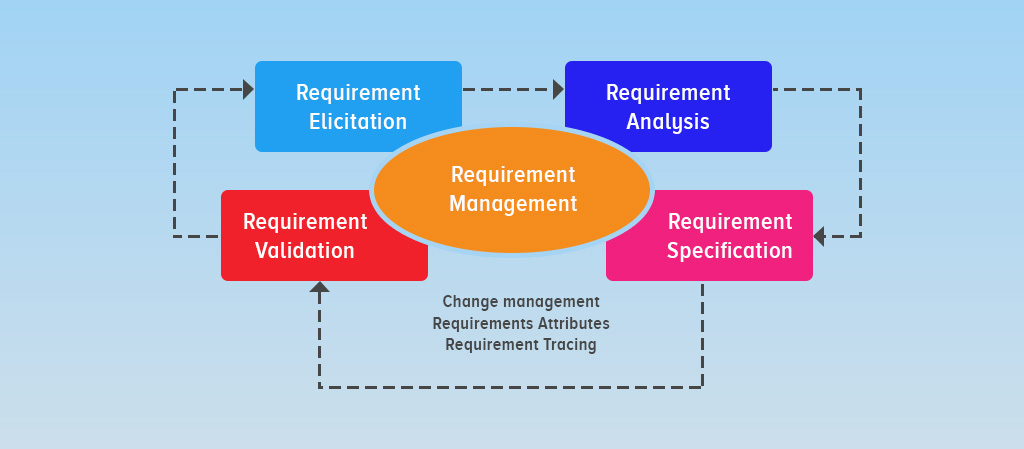
Sure, the dream project seems amazing in words. To bring it to life, however, you need to document what you need.
This is pretty basic, more the requirements, higher the cost. However, documentation helps you visualize your app in a more functional way. You can now differentiate between what you want, what you need, and what you desire. Classify these three needs, and you’re good to create a blueprint of your app.
While in an Agile process, where documentation isn’t taken that seriously, you’re constantly in touch with the desired app. But, while that happens, and you make subsequent alterations, the cost just ramps higher and higher.
To avoid that, create a document flow and stick to it. Having a strong documentation safeguards the app’s vision and you can now look at ways on cost-effectiveness without losing on quality.
Focus on the Essential Parts
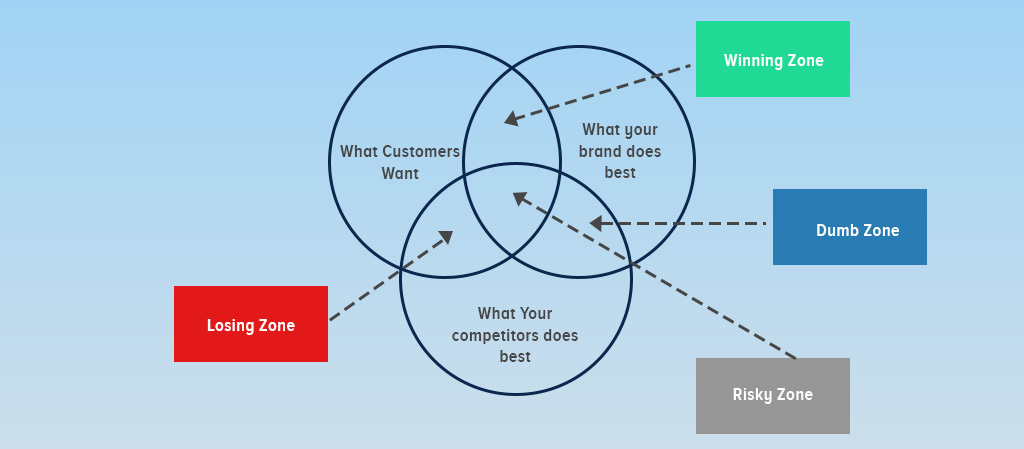
Yes, giving back the user as much as possible is what every app aims for. I mean, why should the user opt for another app when you can cater to everything? We all want to develop such an all-in-one app. But here’s the question, is that what you’re really aiming for?
Let’s consider this scenario for better understanding,
You aim at building an app that caters to commuters. Your app functionalities in that sector are premium quality. However, you’ve added an e-commerce segment to the app, where you can buy and sell items.
The idea sounds a bit off-course, right?
That’s exactly what we need to consider. Focus on the USP of your app. Let it not cater to a specific need, and you’ll see how the app popularises itself.
Go online, research on your competitor apps, and understand what they’re offering. While designing your app functionalities, it is good to keep the basics similar to the competitor apps. However, distinguish yourself with better functionalities rather than trying to mirror the competitor app.
This practice ensures to keep your app unique and save overhead costs. You’re now working on a focused product rather than serving every person on the Earth.
Avoid too Many Custom Processes or Graphics
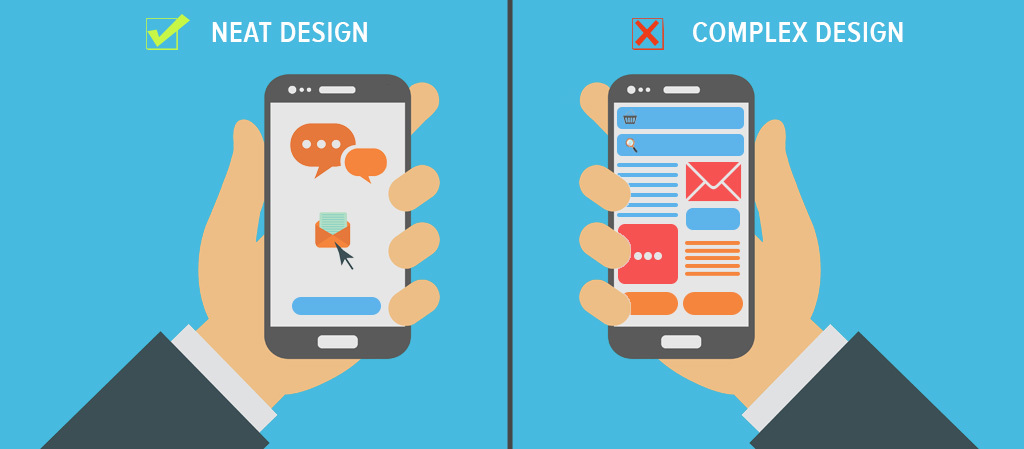
Who doesn’t want their app to look unique? Sure, we all do! We all want our app graphics and navigation to stand out from other apps.
However, this feature comes at a huge price. Creating graphics and processes from scratch requires endorsing a huge amount of time and skills i.e. lots of money. Unless you have a million dollars in spare just for designing purposes, we suggest you reuse certain aspects that are found common across all apps.
Most apps that you find have certain things in common. There’s an uncanny similarity in button layouts and navigation pattern across apps. Why? Because these apps use a common template, revamp it to their app design, and use it.
No, it isn’t doesn’t make your app stand in the crowd. Your functionality decides that for you. If you’re keen at saving financials reusing apps and graphics is the best way. Here, you are not only saving costs, but also saving precious development, testing, and deployment time.
Use Ready-made Solutions / Pre-Built Solutions
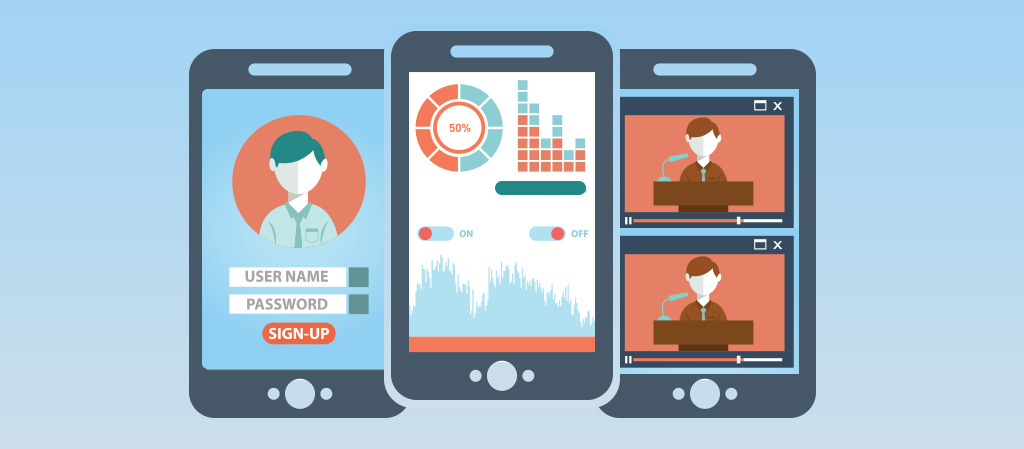
Using ready-made solutions follow the same processes as reusing graphics.
Imagine that you are creating a solution/framework exclusively for your app although there’s another app powered by some pre-built function. Here, you’re investing a substantial time, resources, and money. You also need to maintain the framework and constantly update it to keep it in line with the technology. That’s a constant inflow of time, resources, and money.
Let’s not do that.
Thanks to the ever-growing internet community, there is an ocean of templates for every app. Get those templates, revamp it according to your needs, and Voila! You’re ready with your app in no time and lesser cost!
It is important to identify which areas of your app require custom builds and where can you apply readymade solutions.
One of the most commonly used solutions is the payment gateway. These readymade gateways are easy to integrate with your existing systems and are constantly backed up at nominal subscriptions.
Build Minimum Viable Product (MVP)
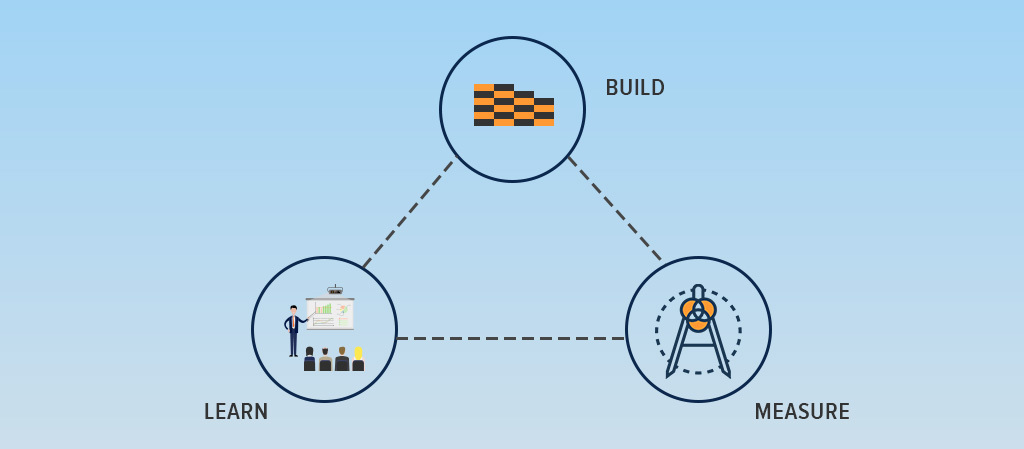
Want to scale your app’s performance? Want to see how will it perform in the market? There’s a simple solution to all your app-future related questions. Create a Minimum Viable Product.
An MVP is your basic product. It helps you gauge your app’s performance and basic scalability. You can also gauge your TG’s engagement and interaction with the app. Note their feedback, implement it, and roll an update. Additionally, this process helps you identify probable gaps and pitfalls in your app.
You are now not only looking at creating a much viable app for the user but also reducing development costs by a considerable margin.
Use Open Sourced Development Frameworks
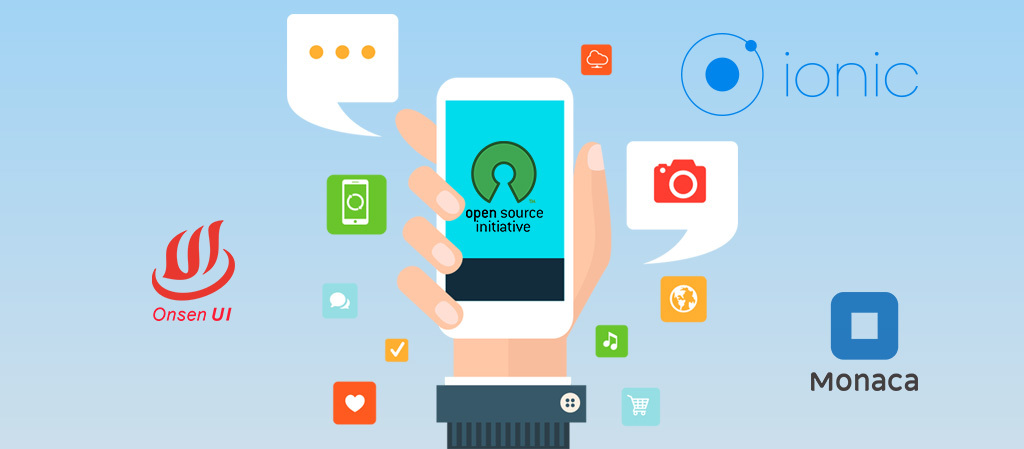
Using an open source app development framework has its own perks. Firstly, the framework being open-sourced, you will find constant developments and improvements to the framework by the community. Secondly, if you’re stuck somewhere while development, the same community will help you resolve it. Thirdly, it is practically free!
Hence, choose the appropriate open source framework and develop apps using it. This smart move assures to save on a lot of financials!
Target Precisely the Devices and OS
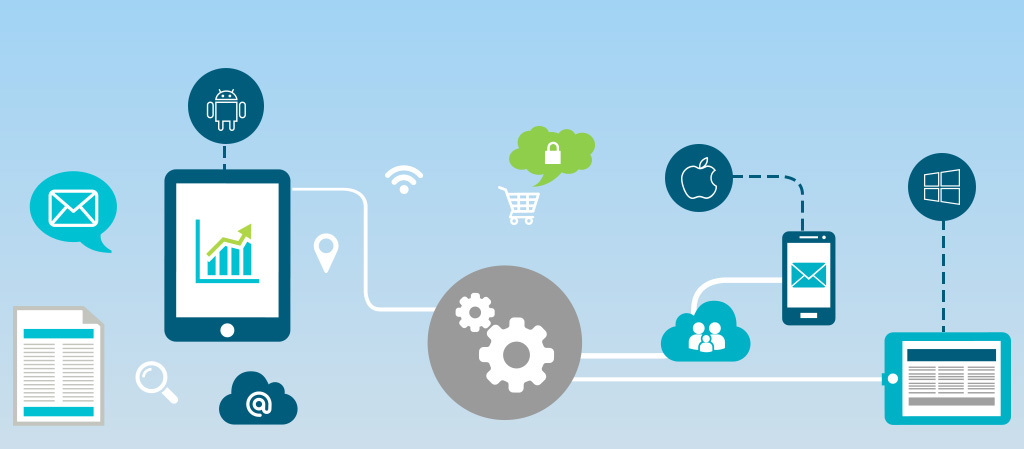
Your TG gives you an idea of the kind of a device and OS you need to develop your app for. For example, if you need to develop an app that is Intranet-based, developing a Windows-based app is enough. Whereas, if you’re developing some ticket booking mobile app, you need to create an Android and iOS-based app.
However, developing apps individually for each OS will cost you a fortune. An alternate solution to creating individual apps is to create native apps. You need to develop cross-platform apps here. These apps can be updated easily, are easy to maintain and integrate with the systems, and are easy on phones having lesser memory.
Moreover, you don’t need to bother having the latest version of the native app you’re using. You’re now, not only reducing the mobile app development cost estimated, but also catering to a wider audience!
Optimize Your Team
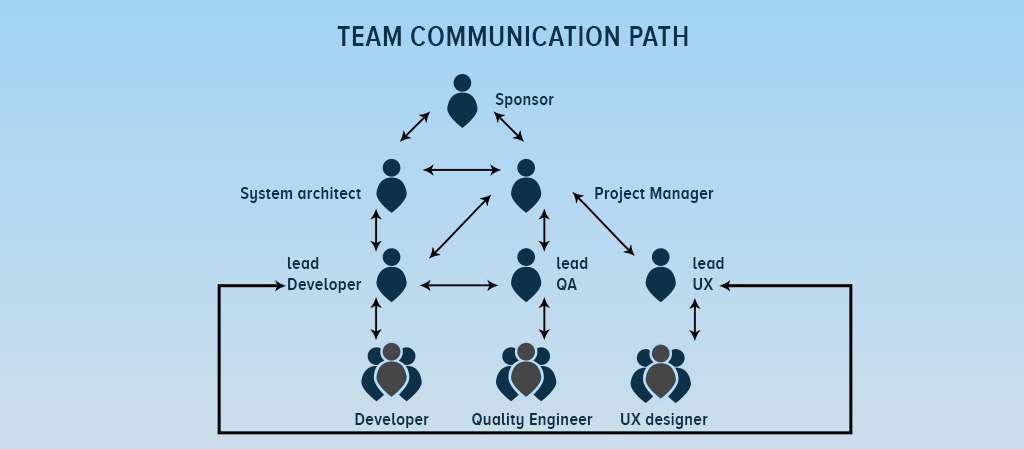
Of course, the team ‘skill’ plays a major factor in deciding the development cost of an app. If you’re a development team, you need a right balance of senior and junior (because they’re cheap) resources, which is optimal when it comes to allocating work. This balance allows you to allocate lesser important tasks to the juniors, while the critical tasks can be performed by the senior resources.
If you’re a client, you’re definitely looking for cheapest options. However, do not fall for vendors offering unrealistic cheap solutions. You might just be their first ever client. More than developing an app for you, they’re interested in playing a trial-and-error game to understand how their chemistry work.
This is a risky business. Your app might not be ready in time. In course of the journey, they might not be able to meet the set expectations. You will end up re-creating the app from another development firm or spend more time and resources with the same agency. You tried to go cheap; you ended up spending more!
Monitor the App Development Regularly
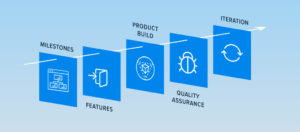
Communication is the key to every progress.
You, as a client, need to be in constant touch with the developers. Some agencies provide services to translate technical language to layman language for the management to understand.
Also, constant updates from the developers ensure a gradual app progress. You can now track the app progress against app objectives. If there are any deviations, you can either realign either the objectives or the app.
Imagine, if there was such a case and was detected in a later stage, its implications could be disastrous. Identifying such scenarios in an early stage help you stay on course.
Now, you’re not only ensuring the app progresses as envisioned, but also reducing massive costs that can occur due to off-track situations stirring in a later stage.
Iterative Development
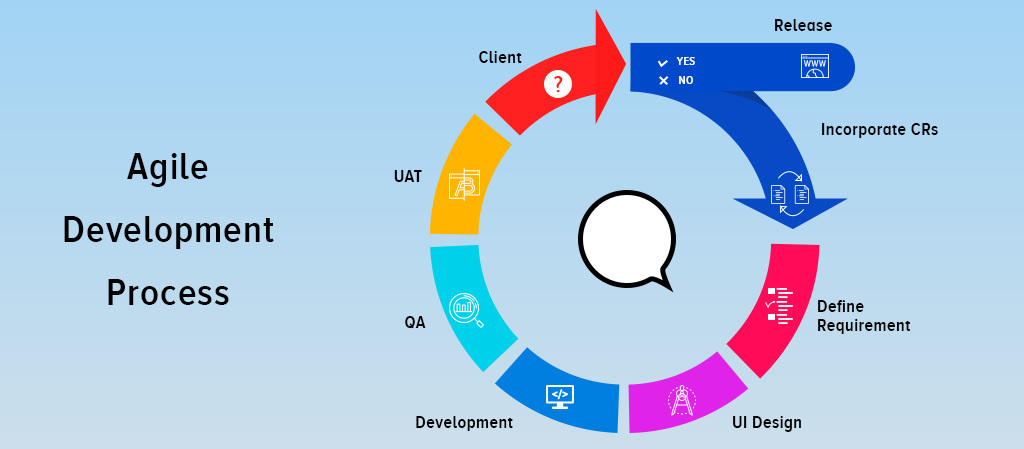
There’s a swarm of ideas and its development in the industry today. A client wants its app to be developed as quickly as possible and deliver optimal performance. How do you do that?
The traditional software cycle takes a lifetime (pun intended). The traditional software lifecycle follows a rigid course, and any change in the app design takes a huge time in implementation. Also, features that can be rejected or are of lesser importance, you spend a lot of time testing and implementing changes in them.
However, Agile methodology takes a different approach. It slashes your app in individual features. You can now develop these features individually and test them. Any change can be implemented easily. Once everything is set, integrate these individual features and create your app.
You’re now not only creating an app in an optimized manner. This helps in understanding the mobile app development cost breakdown which eventually guides in saving massive costs that can occur if last minute changes are made in the app.
Offer Feedback

How do you ensure that you, your developer, and your app are in the same alignment?
Feedback. It is important. No app progress is complete without feedback sessions. As a client, you need to communicate your feedback to the developer in time. It could be any changes, app alterations, deviations, improvement suggestions.
Remember, it is your money and the resources’ time on the line. Ensure you communicate your feedback properly.
Finally, you’re ensuring that your app stays on course and how you want while optimizing on costs that can occur during later stages of development due to misses or lack of communication.
Summary
Nobody said cost optimization is easy!
It requires a cycle of the aforementioned activities, constant monitoring, multiple iterations over a task, and most importantly, clarity in communication.
However, you also need to consider the size of your app. If you’re looking for something that can be the next Amazon, do not expect the cost of creating a first-copy selling web app. Follow the right approach, figure what you need, and act accordingly.
It’s the mix of the right, exclusive to your app, steps which will give you the desired results. If you still need any assistance, our expert consultants at AlphaLogic can help you figure it out. You know where to find us!
What are your thoughts on an app’s cost optimization? Let us know!
12 Important Questions worth considering before App Development
Dhananjay (DJ) Goel is the CTO at Alphalogic, passionate about technology, startups, game of thrones and coffee. He enjoys working on challenging problems with innovative startups.
